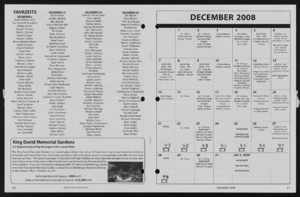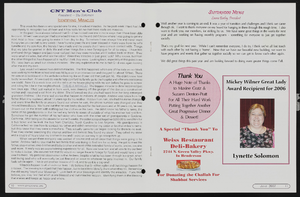Search the Special Collections and Archives Portal
Search Results

Meeting minutes for Consolidated Student Senate University of Nevada, Las Vegas, March 11, 2002
Date
2002-03-11
Archival Collection
Description
Includes meeting minutes.
Text
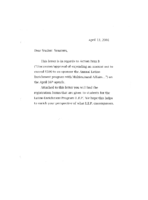
Meeting minutes for Consolidated Student Senate, University of Nevada, Las Vegas, April 16, 2001
Date
2001-04-16
Archival Collection
Description
Includes meeting minutes and agenda, along with additional information about the revised Senate status and Annual Latino Enrichment program.
Text

Meeting minutes for Consolidated Student Senate, University of Nevada, Las Vegas, April 30, 2001
Date
2001-04-30
Archival Collection
Description
Includes meeting minutes and agenda.
Text

Meeting minutes for Consolidated Student Senate, University of Nevada, Las Vegas, March 15, 2004
Date
2004-03-15
Archival Collection
Description
Includes meeting minutes and agenda, along with additional information about the Articles of Incorporation, student wellness, and the Leadership Advisory Board.
Text
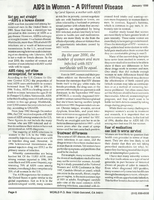
Newsletter, Women Organized to Respond to Life-threatening Diseases (WORLD), January 1998
Date
1998-01
Archival Collection
Description
Newsletter from WORLD with columns by women affected by HIV and AIDS.
Text
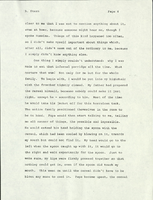
Chapter from autobiography by Bella Stern, 1980
Date
1980
Archival Collection
Description
In this chapter, Stern describes her upbringing in Russia and fleeing to Poland. It is accompanied by a letter to the publishing company William Morrow.
Text
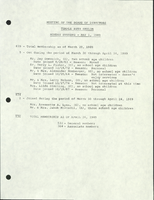
Minutes from Temple Beth Sholom Board of Directors meetings, June 1988 - May 1989 (1 of 2)
Date
1988 to 1989
Archival Collection
Description
Meeting minutes include reports from committees of the board, correspondence, and balance sheets.
Text
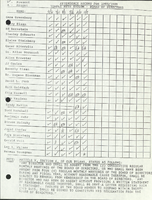
Minutes from Temple Beth Sholom Board of Directors meetings, June 1988 - May 1989
Date
1988 to 1989
Archival Collection
Description
Meeting minutes include reports from committees of the board, correspondence, and balance sheets.
Text
Pagination
Refine my results
Content Type
Creator or Contributor
Subject
Archival Collection
Digital Project
Resource Type
Year
Material Type
Place
Language
Records Classification

